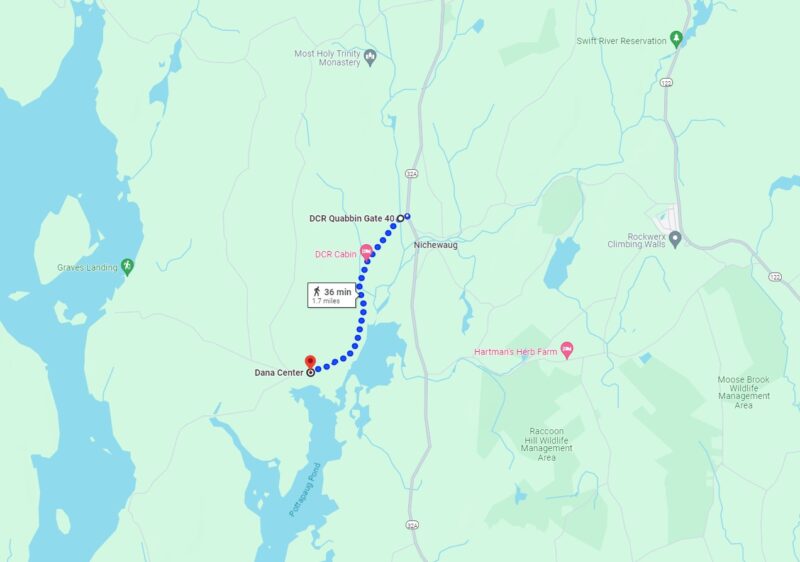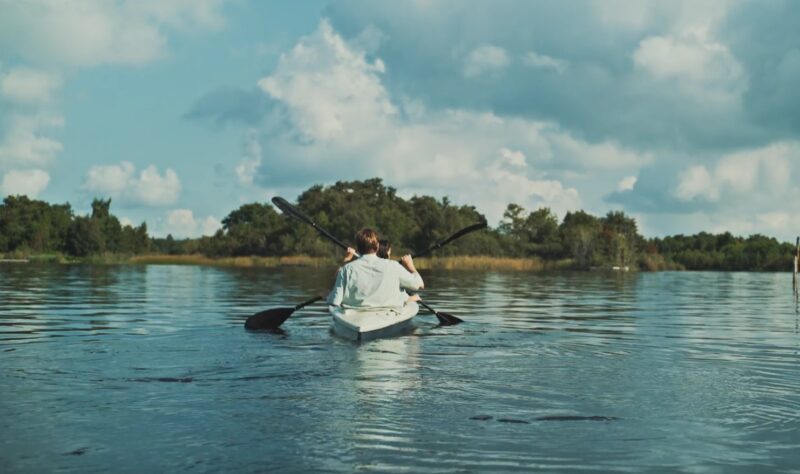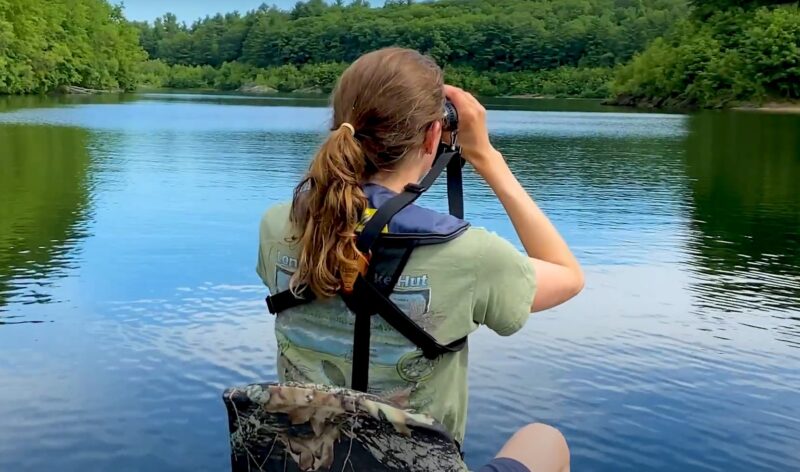Quabbin Reservoir, located in Massachusetts, is a popular destination for outdoor enthusiasts, offering a variety of trails and natural attractions.
Created in the 1930s, the reservoir serves as a major water supply for Boston and surrounding communities.
I recently decided to go on a hiking trip to this place. Let me talk about what you can experience here.
Popular Trails and Features
Quabbin Reservoir boasts a variety of trails, each offering unique experiences for hikers of all levels.
The Quabbin Overlook is a favorite spot, providing one of the best views of the reservoir. This vantage point is easily accessible via a short walk from the New Salem Fire Station.
Hank’s Meadow Loop Trail is another popular choice, ideal for picnics and enjoying scenic views on a short, easy trail. For those seeking moderate hikes:
- Gate 50 Trail – 5.1-mile
- Gate 11 Trail – 4.4-mile
One of the most intriguing trails is the Gate 40 Trail, which leads to the ghost town of Dana, featuring historical ruins on a 3.9-mile out-and-back trail.

More challenging options include:
- Dana Road to Quabbin Reservoir, a 10-mile hard trail

- Quabbin Reservoir Loop, a 5.7-mile hard trail
Additional Activities

Quabbin Reservoir is not only a paradise for hikers but also offers a range of other outdoor activities.
Kayaking and canoeing are popular on the reservoir, providing visitors with a unique perspective of the area from the water. Biking enthusiasts will find several trails suitable for both mountain and road biking, offering a variety of terrains to explore.
Wildlife watching is another major draw, with the area being home to a rich diversity of animals, including:
These activities provide ample opportunities for visitors to immerse themselves in nature, whether they prefer the tranquility of paddling on the water, the thrill of cycling through diverse trails, or the quiet observation of wildlife in its natural habitat.
Practical Information
When planning a visit to Quabbin Reservoir, it’s important to consider practical details to ensure a smooth and enjoyable experience. Parking is limited at the main entrance, but additional parking can be found at:
- Goodnough Dike
- Hank’s Meadow
- Quabbin Tower
Visitors are encouraged to practice social distancing, especially during peak times, to avoid trail crowding.
Some trails may have steep inclines and declines, so it’s essential to wear appropriate footwear and be prepared for varying terrain. Being mindful of the weather and bringing necessary supplies, such as water and snacks, will enhance your visit.
It’s advisable to check trail conditions and any park advisories before heading out to ensure a safe and enjoyable adventure.
Safety and Regulations

Ensuring safety while exploring Quabbin Reservoir is of utmost importance. Visitors should maintain at least six feet of distance from others on the trails to minimize the risk of spreading illness.
Staying alert and avoiding the use of headphones can help hikers remain aware of their surroundings, including wildlife and other trail users.
It’s essential to follow state park guidelines and restrictions, which may include reduced parking availability and the closure of certain facilities such as visitor centers and playgrounds.
Adhering to these regulations helps protect both the natural environment and the safety of all visitors, allowing everyone to enjoy the beauty and tranquility of Quabbin Reservoir responsibly.
How it Came to Be?
The creation of the Quabbin Reservoir in the 1930s was a significant undertaking that involved the displacement of around 2,500 people and the flooding of several towns, including:
- Dana
- Enfield
- Greenwich
- Prescott
These towns were sacrificed to ensure a reliable water source for Boston and other communities. The transformation of the area into a reservoir drastically changed the landscape, turning it into a haven for wildlife.
Today, the Quabbin Reservoir is not just a vital water supply but also a historical site where visitors can learn about the lives of those who were displaced.
The region’s history is preserved in the ruins and remnants of the old towns, offering a glimpse into the past while the natural beauty of the area provides a serene environment for hiking and exploration.
